Junior high athletes necessary for success on high school teams
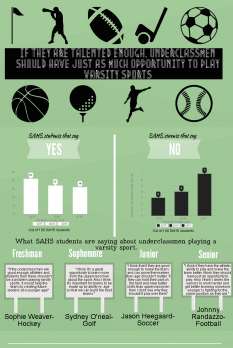
Athletes have always been important to the high school culture. High schools love to support football, and especially in Minnesota we love hockey along with swimming, volleyball, softball and so many more. Athletes have been playing sports since they started walking and because of that our athletes are very talented. These talented athletes should be allowed to play on high school teams.
These athletes want to be on teams that support their level of their talent. We should continue letting seventh and eighth graders play in the big leagues, junior varsity and varsity. In the past we have had athletes of these younger ages play on high school teams. This is the right place to put them.
“It helps create depth, because being on the team longer people get more comfortable and and have more experience which allows them to perform better which helps the whole team do better and improve,” said junior Jane Delahunt.
Delahunt will be one of the varsity captains of the swim team next year. She started swimming for Stillwater Area High School when she was in seventh grade. That year she swam with junior varsity.
“High school swimming is hard no matter what age an athlete starts at, it is very intense, our coaches expect a lot from us and push us to do our best. I was glad I joined in seventh grade, because it allowed me to meet a lot of new girls, and the nice part about it being a fall sport is that we start before school starts so I got to meet other seventh, eighth and ninth graders that I would see during school,” said Delahunt.
The only aspect that made the age separation difficult is the fact that average day for high school students it a lot different from a junior high student. Although, athletes are still able to close this gap and play for the sport.
“Being on the team longer people get more comfortable and and have more experience which allows them to perform better, which helps the whole team do better and improve,” said Delahunt.
Sophomore Jordan Livingood has played volleyball and softball. She played on the tenth grade team for softball when she was in eighth grade. She also played one year of volleyball in ninth grade.
“For softball I liked it, because it showed my hard work was paying off. I was proud of my accomplishment, but it was scary being with all the older kids and not knowing anyone,” said Livingood.
Being placed on the older, more advanced teams athletes have to learn how to adapt and push themselves to meet the level of the older athletes.
“They showed me what it took to play at that level and they were all really good to me,” said Livingood.
Secretary Tess Radecke is an assistant high school coach for the girls swim team. She was also swam for her own high school team.
A big school like Stillwater has eight lanes. Seventh graders look and see eighth graders working over there. They say ‘I’m going to push myself.’ I think it just really pushed people to compete against each other in a friendly way.
— Tess Radecke
Radecke said,”A big school like Stillwater has eight lanes. Seventh graders look and see eighth graders working over there. They say I’m going to push myself. I think it just really pushed people to compete against each other in a friendly way.”
The Minnesota State High School League allows for seventh, eighth, ninth, tenth, eleventh and twelfth graders to participate in high schools sports.
“The benefits of having more kids is that the compeition is better, regardless of how old they are,” said Radecke.
Having younger athletes on high school sports teams not only pushes the younger ones, but also the older athletes. Athletes are not limited to what level they can partipactate at. They are free to expanded their skills and build on their weakness even more.

Anna is a Junior at Stillwater Area High School, also a Photographer on the Pony Express Newspaper. She spends time figure skating, and is currently working...


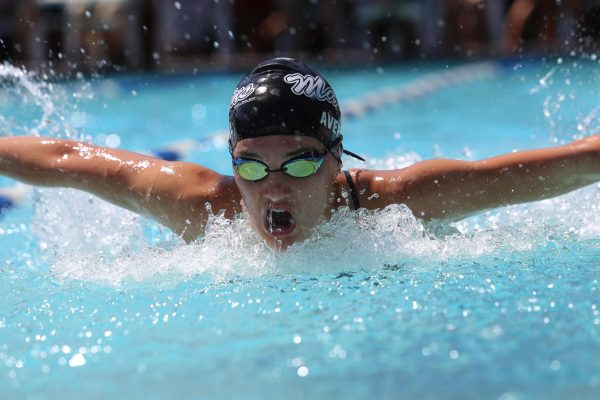
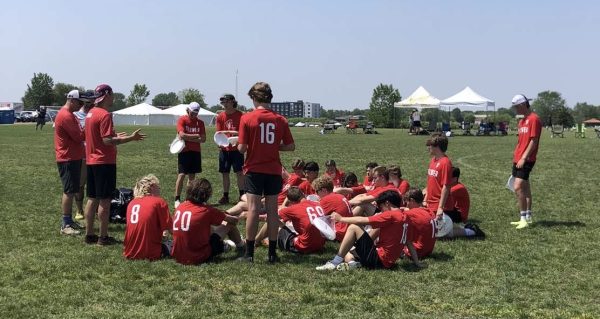
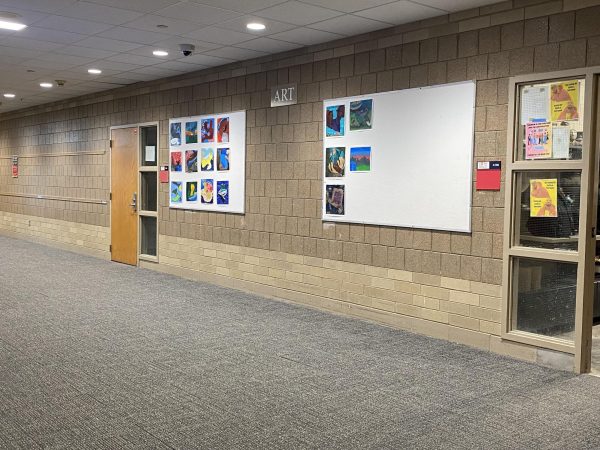
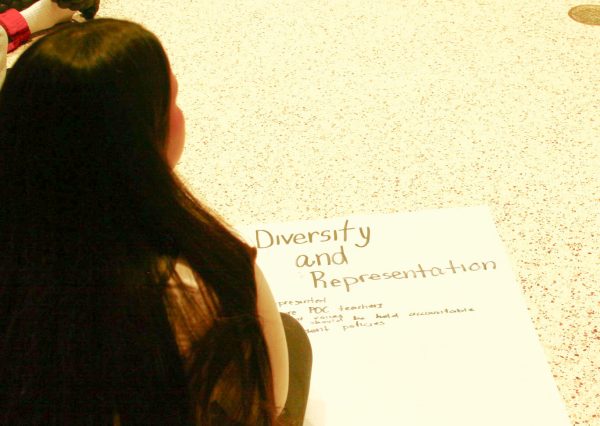
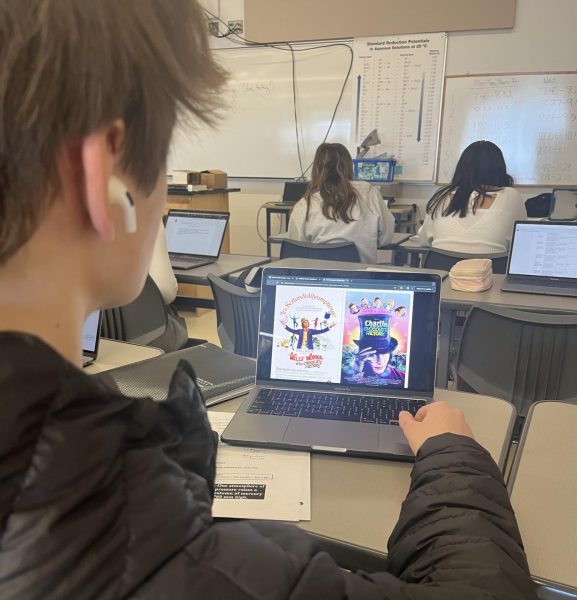

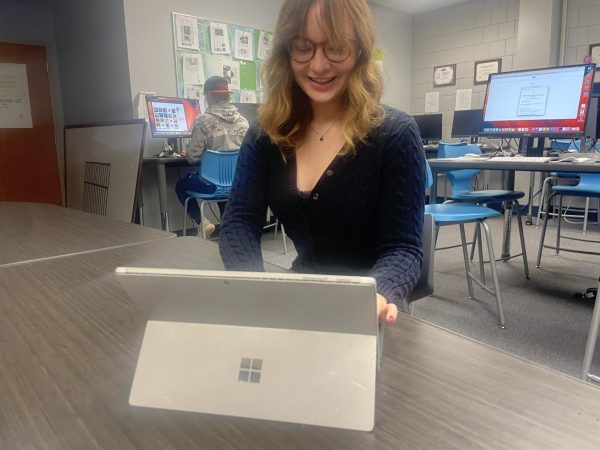
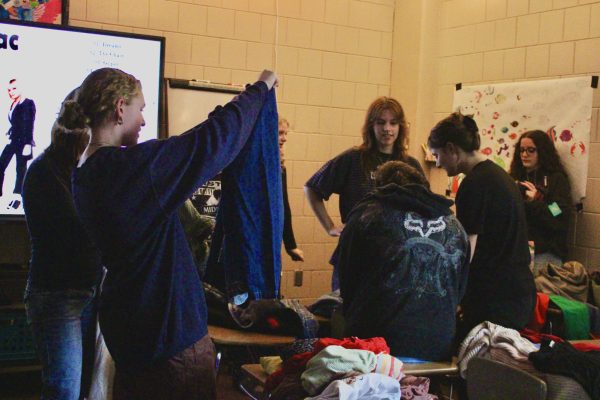
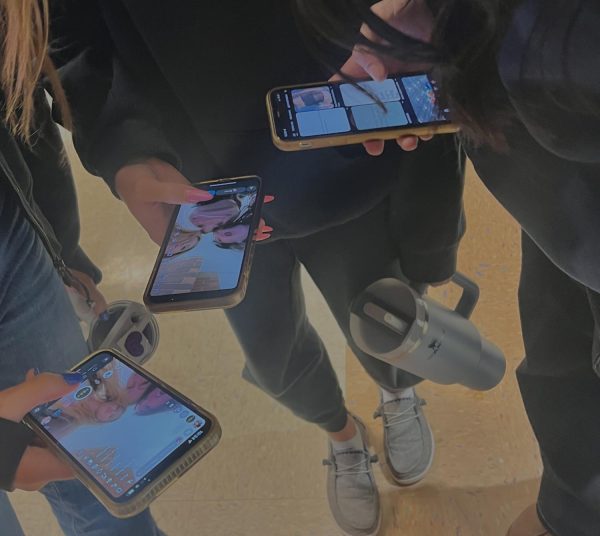
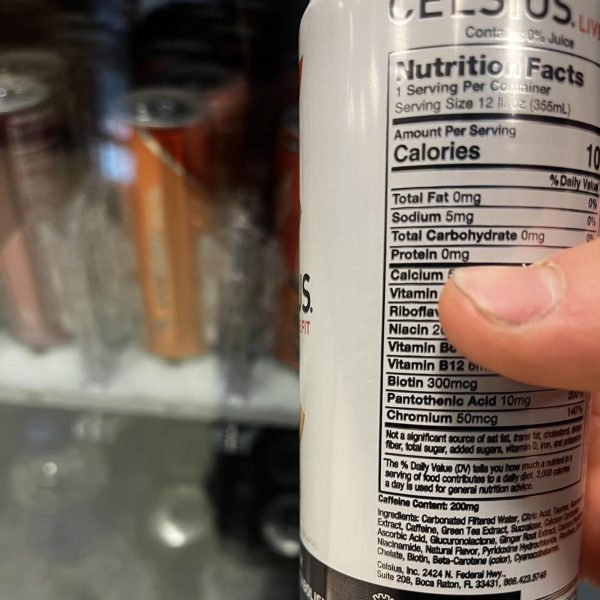
Samihaumersen • Mar 31, 2015 at 7:58 pm
I loved how the title was very simple but it made me want to read more. Also great quotes from different athletes!
Madi Schoenecker • Mar 30, 2015 at 6:51 pm
This article is written very well! The interviews are really in-depth which is great. Some of the words are used a bit repetitively so just try to space them out. All in all, great work!